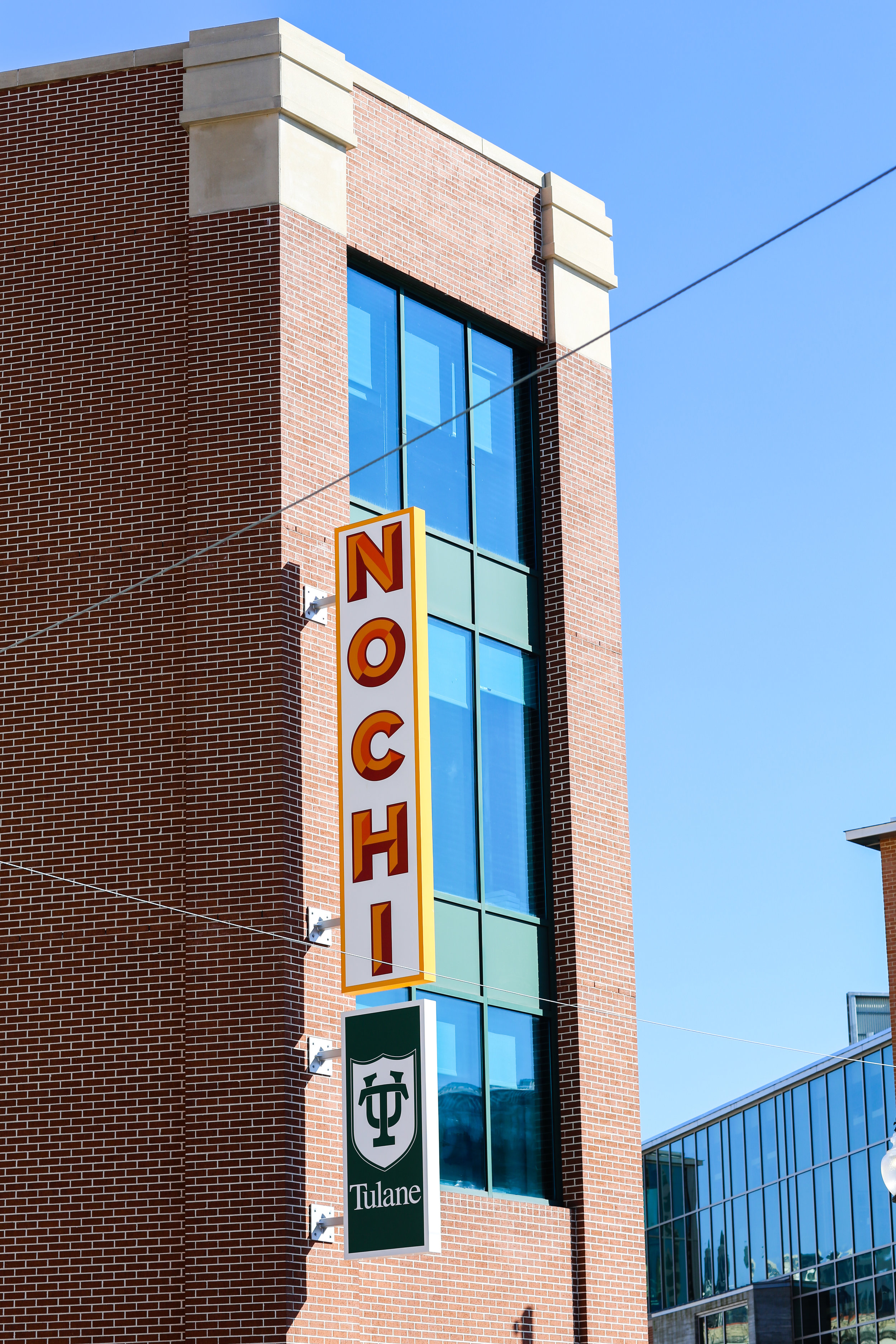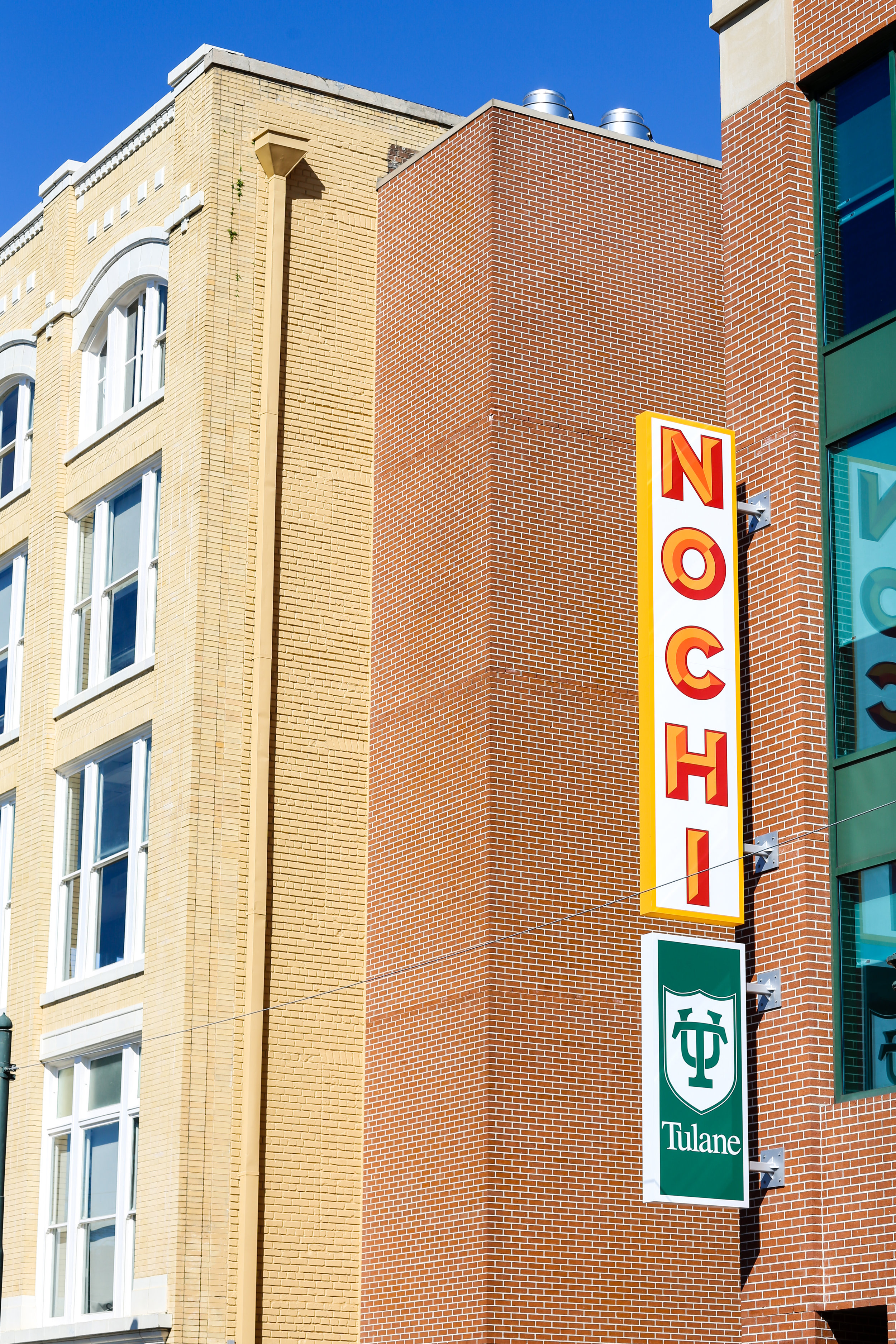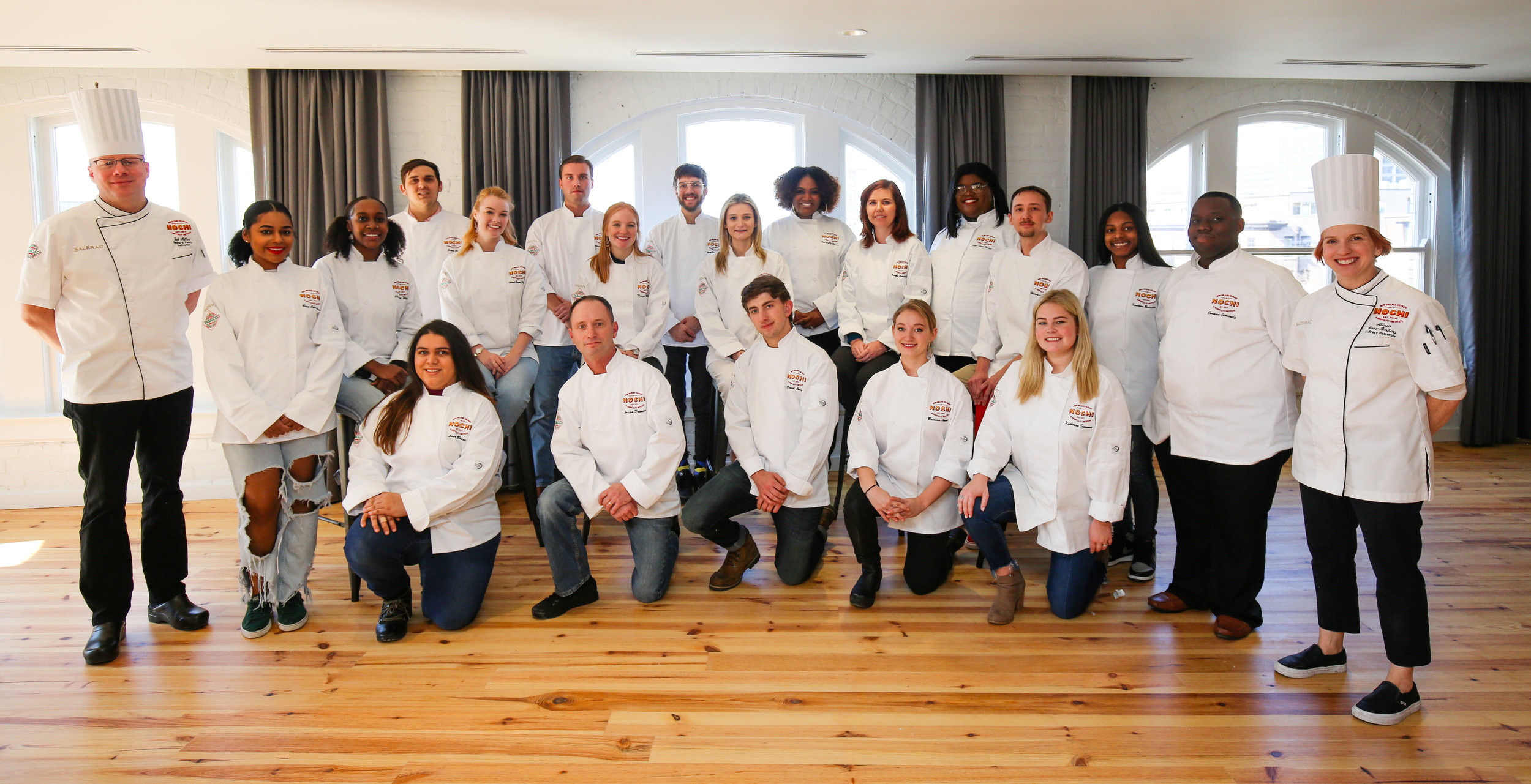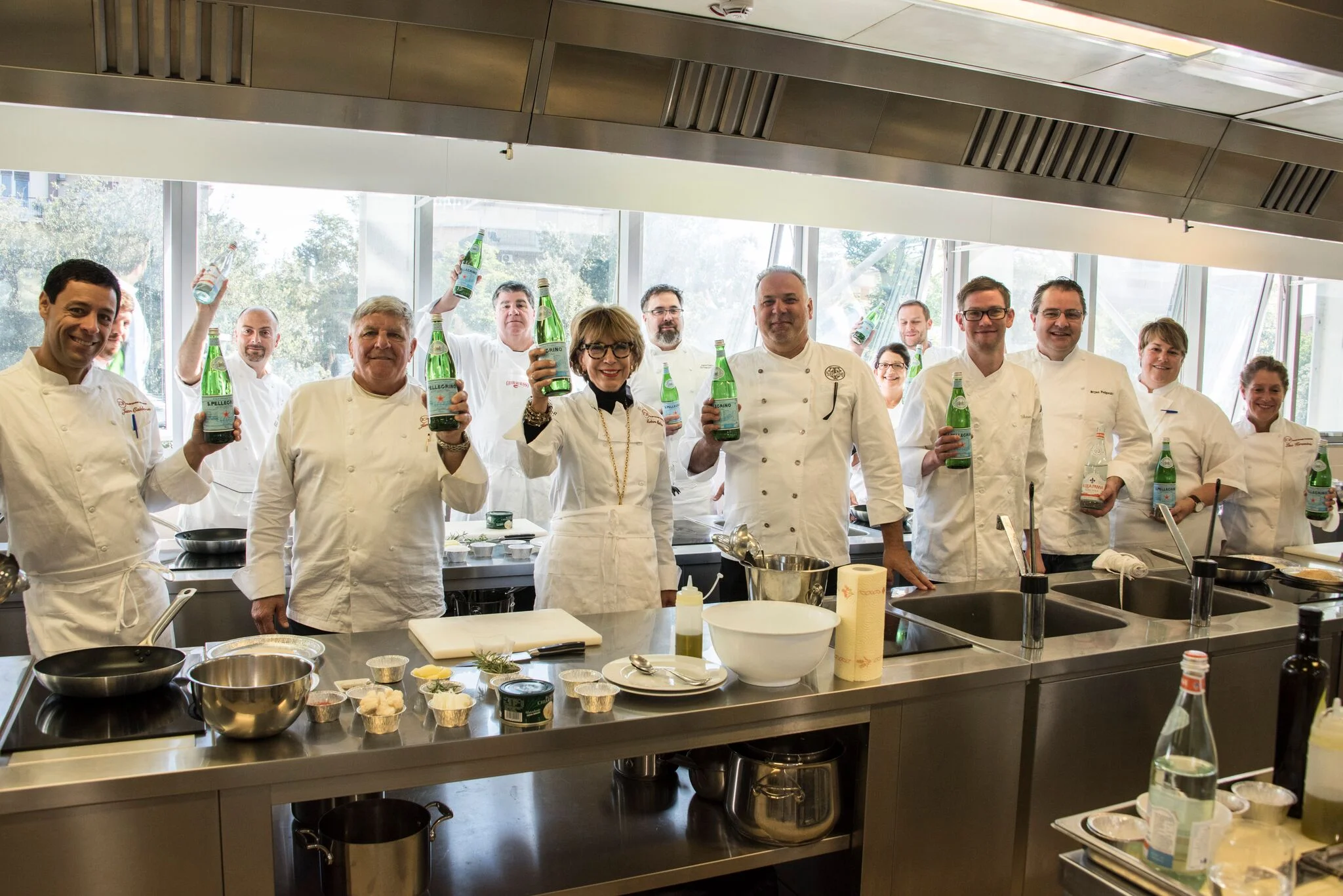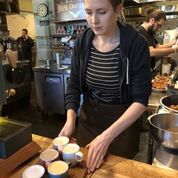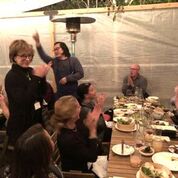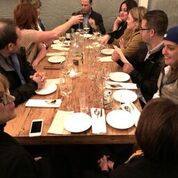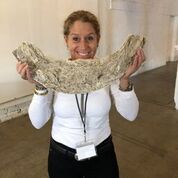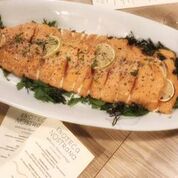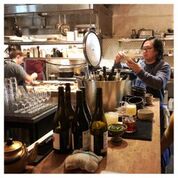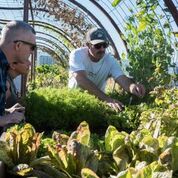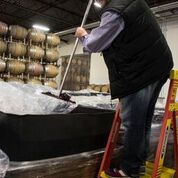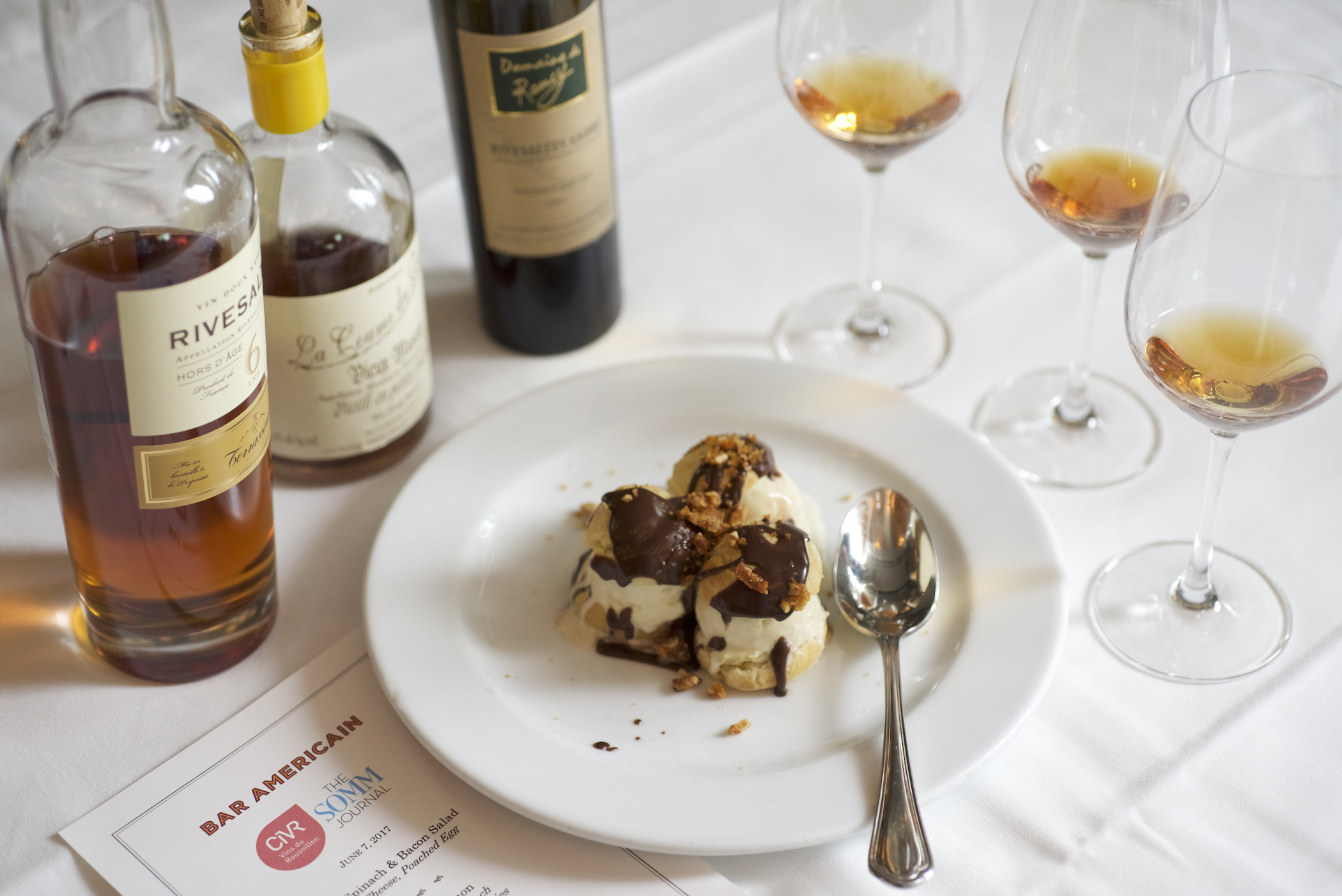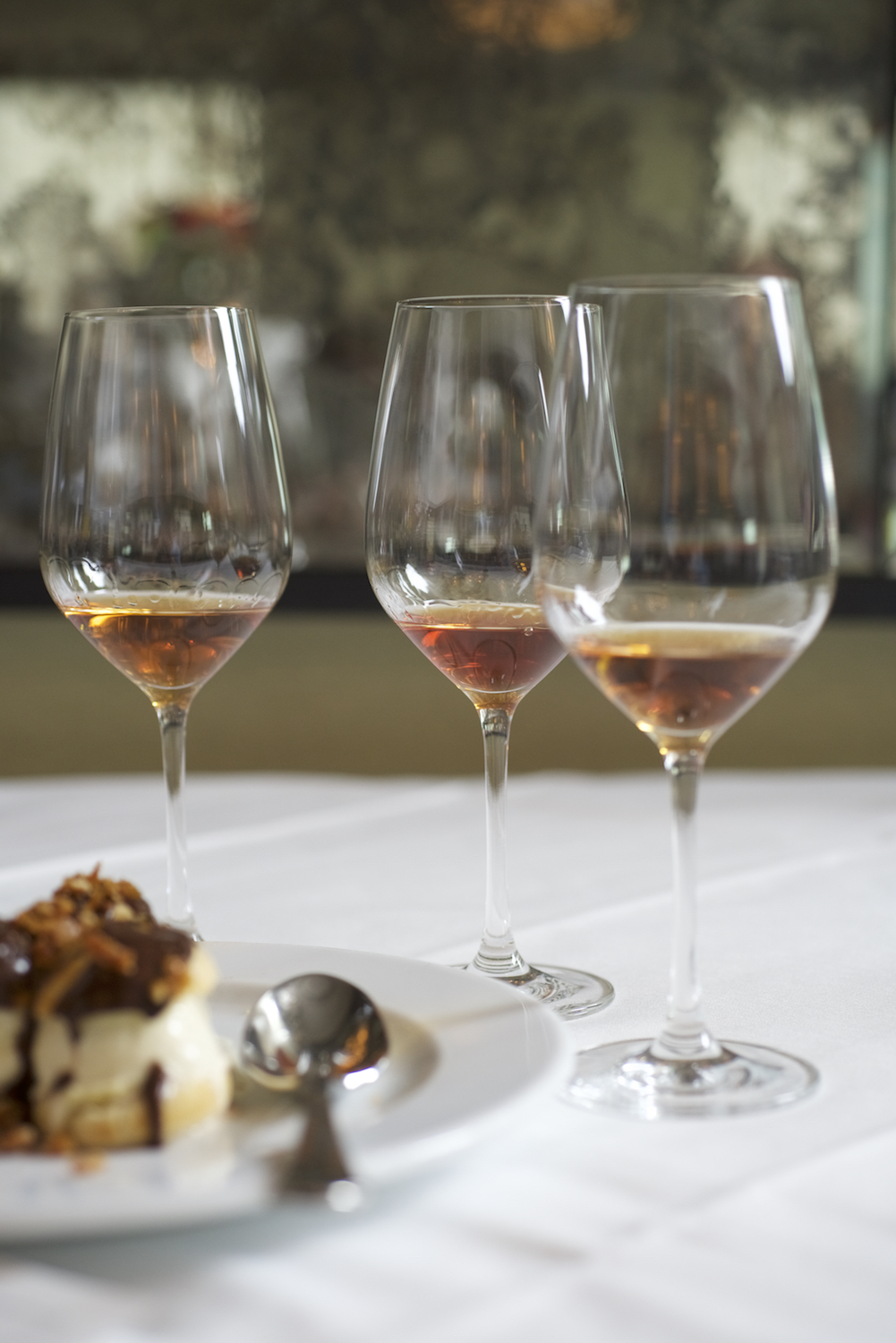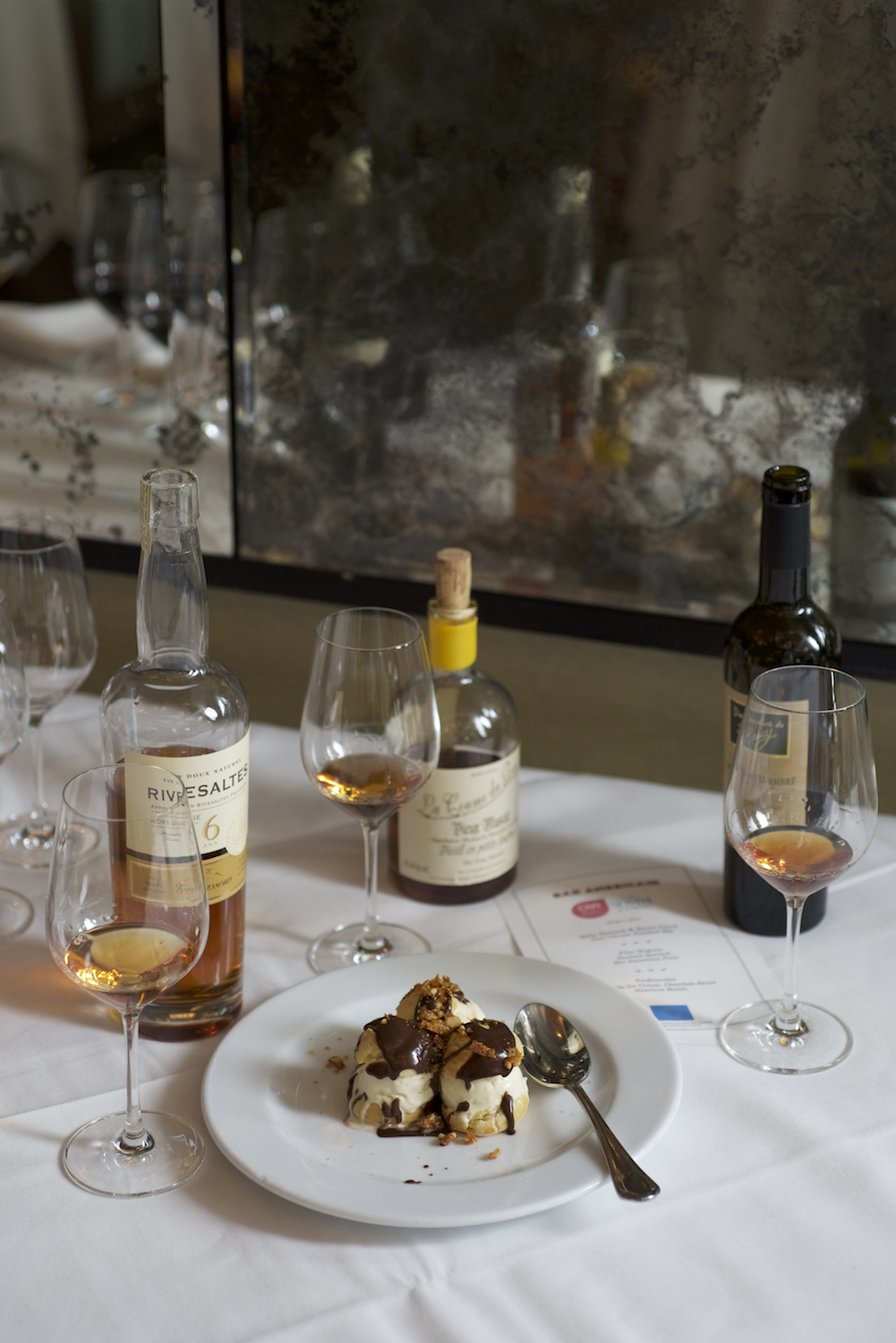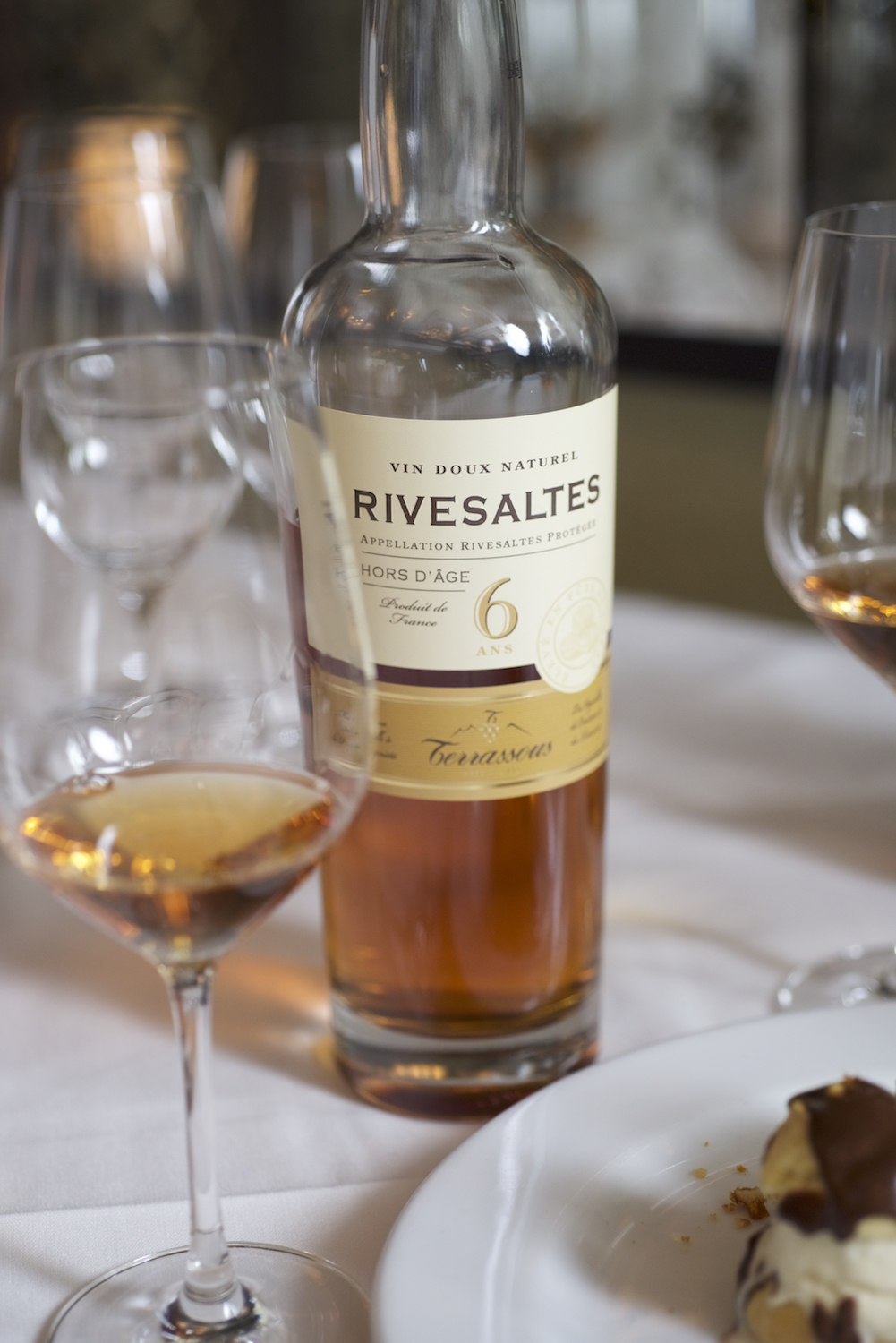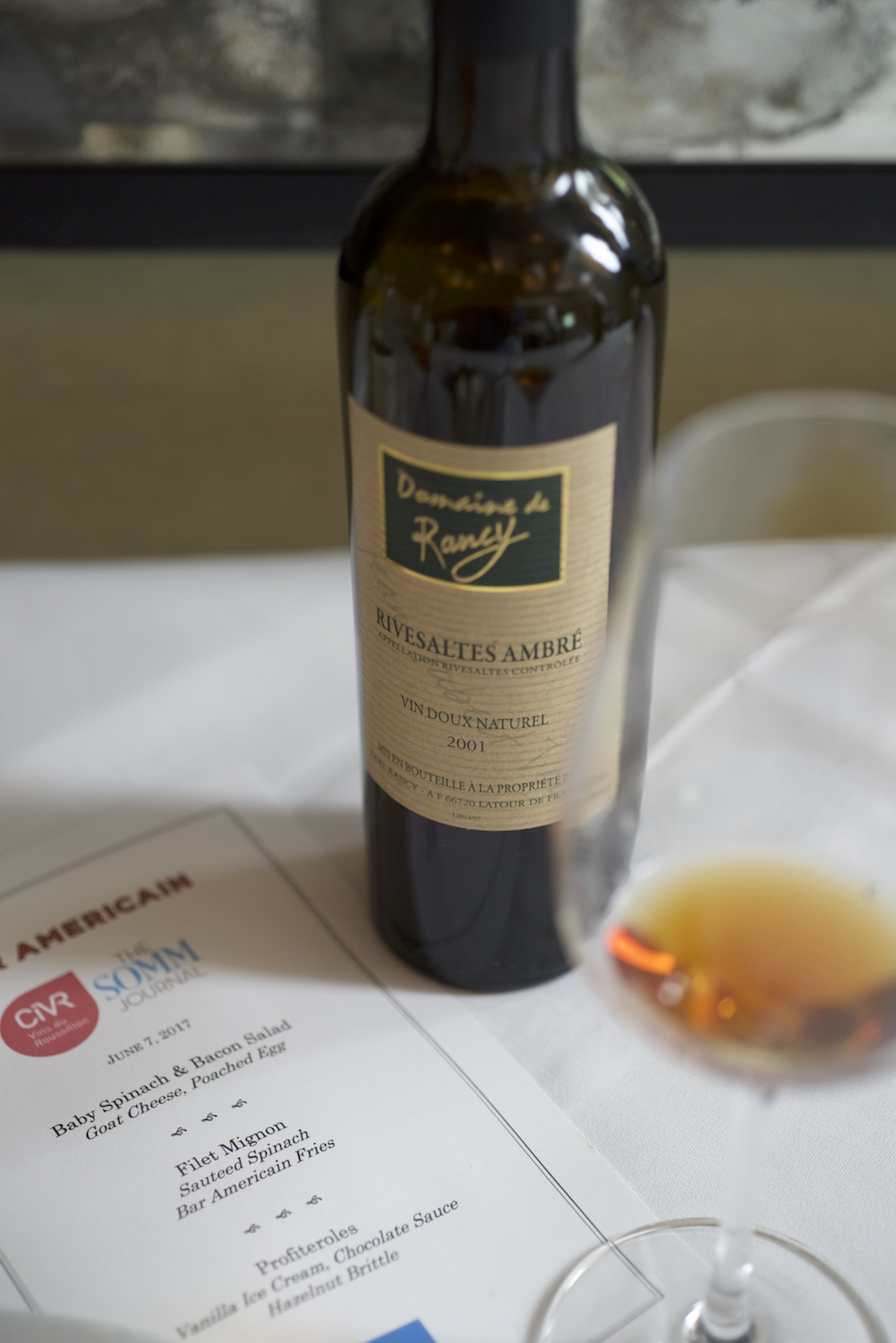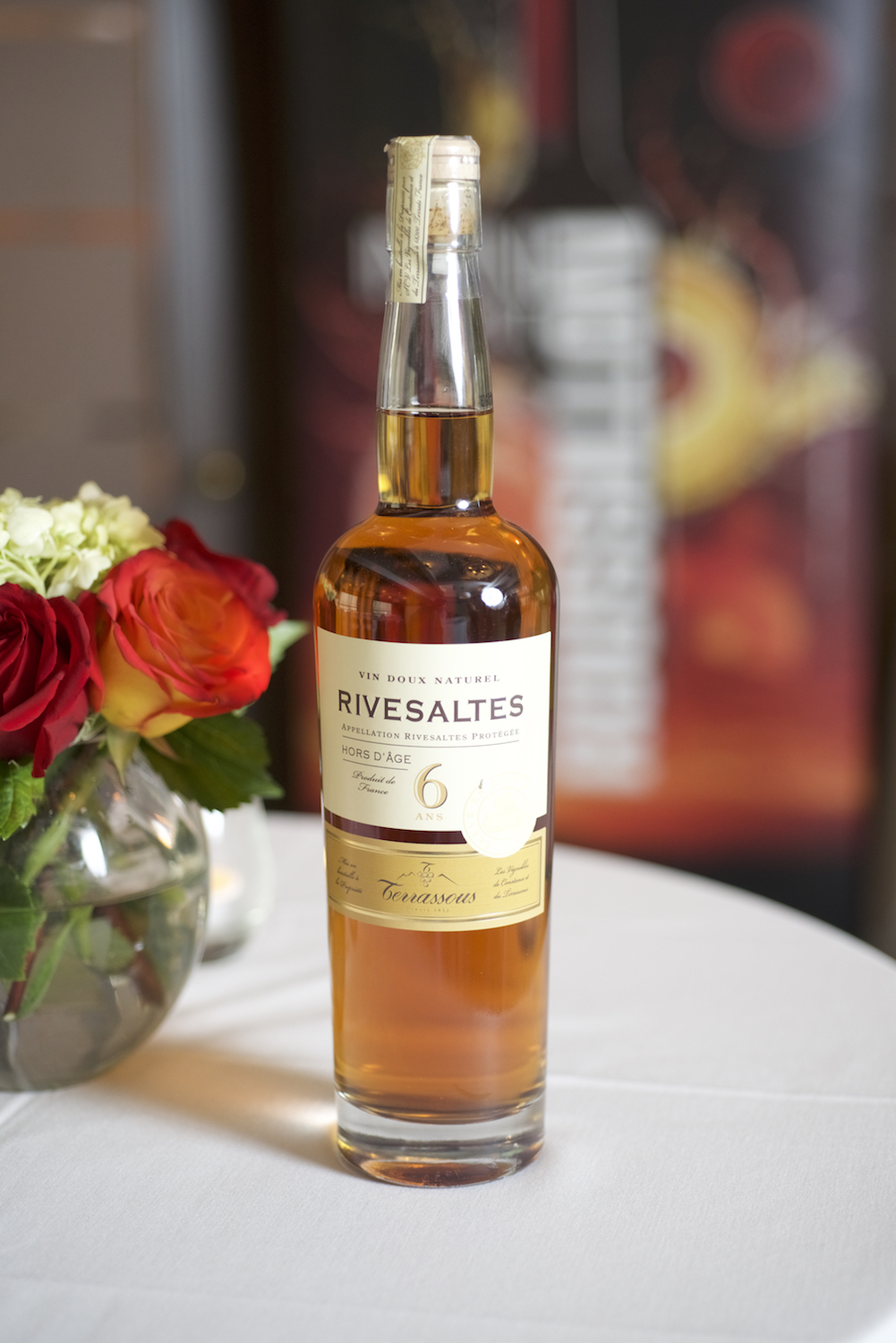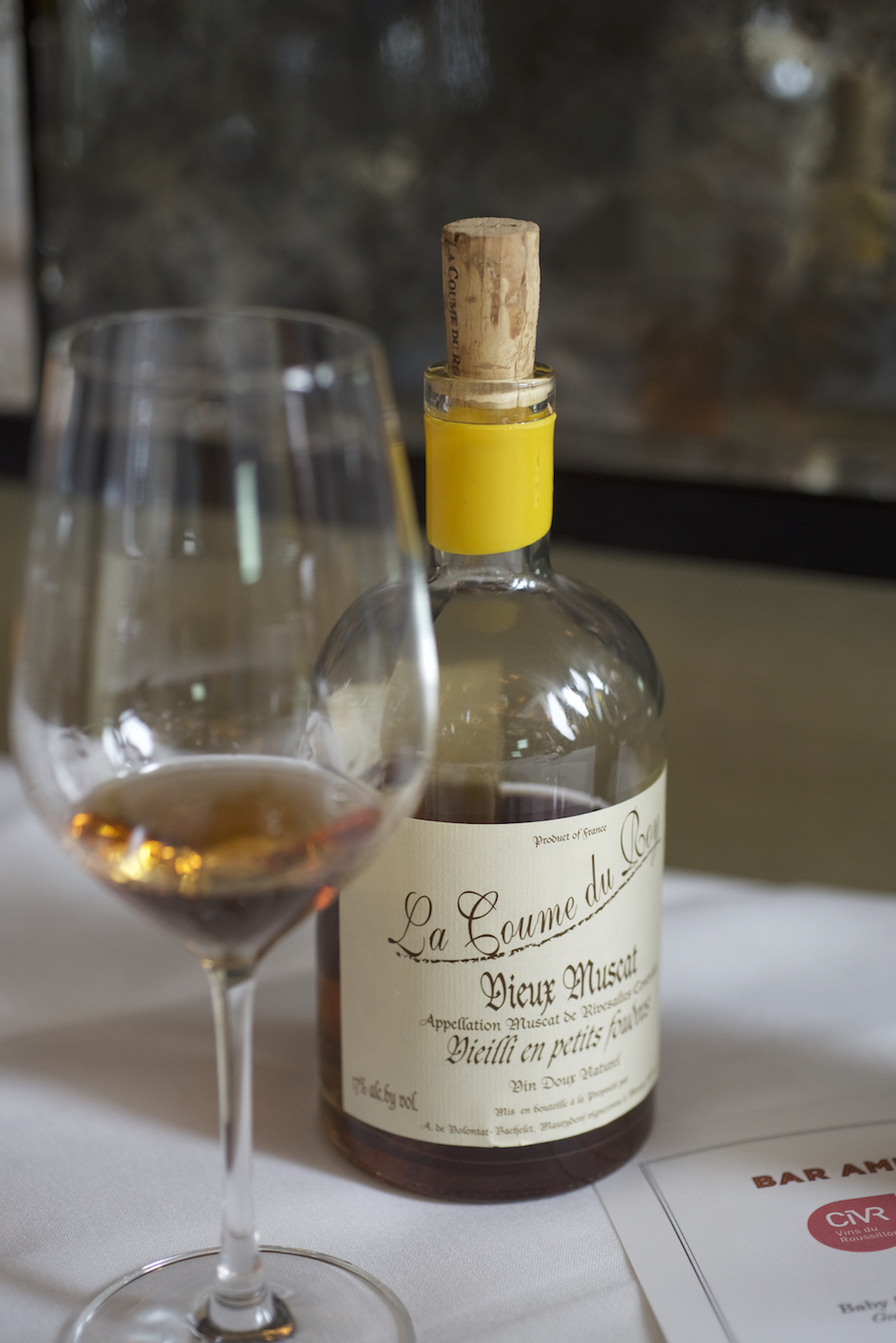How One Man Started the Local Mesquite Movement
A baking challenge led Sandeep Gyawali to this little-known flour
BY MELANIE HAUPT, FRI., AUG. 3, 2018
It started off simply enough: Bake something using a unique ingredient. Who would have thought that such a mundane task would launch a passion project to recover a culturally significant foodstuff that has, over the course of the last century and a half, fallen out of favor?
Back in 2012, Slow Food Austin asked Sandeep Gyawali of Miche Bread to make something for its annual fundraising quiz using a unique ingredient. Competitors would do a blind tasting and try to guess that unique ingredient. "I wanted to do it in good faith with the mission of the organization," says Gyawali. "So, I checked the Ark of Taste, which is the database of heritage foods in danger of extinction and found mesquite [the actual entry on the Ark of Taste is mesquite pod flour] and decided to use that. I went to Whole Foods for mesquite flour, and found a bag of it from Peru. It was surprising to me that there wasn't any Texas mesquite flour available. From there, it stayed in the back of my mind that there should be a Texas mesquite flour." And that's how the Texas Mesquite Project was born.
The English word "mesquite" comes from the Spanish "mezquite," which was borrowed from the Nahuatl "mizquitl." The mesquite tree (what we have here in Texas is known as the honey mesquite; farther west, folks use velvet mesquite) was a cornucopia for indigenous people pre-colonization. Members of the Tohono O'odham, Pima, Apache, Maricopa, and other tribes ground the pods into meal and used it to make bread, or mixed it with water to make a sweet mush. The rest of the tree could be used for textiles and for medicinal purposes. But today, in Texas, mesquite is most closely associated with barbecue.
According to Daniel Vaughn, writing for Texas Monthly, the association of mesquite with barbecue goes back to the post-Civil War era in the Southwest, which gave rise to the cattle ranching industry. Grazing cows helped propagate the trees across the scrubby range, which effectively turned mesquite, a thirsty tree, into a nuisance plant. To combat the problem, in a triumph of midcentury marketing, mesquite became the go-to wood for that "authentic smokehouse" flavor of Texas-style smoked meats. Today, mesquite occupies 50 to 60 million acres of land in Texas. That's a lot of untapped raw material – and potential for revitalizing an ancient foodstuff beyond the smoker – and there are plenty of good reasons to explore the possibilities.
Mesquite pods
“I want to be the Johnny Appleseed of mesquite.” – Sandeep Gyawali, Miche Bread
Chris "Chiltic" Luna, a Phoenix-based ethnobiologist descended from the Guachichil Chichimecas of San Luis Potosí, documents the process of harvesting, storing, and processing mesquite and other native plants. In so doing, he pushes back against the erasure of cultural practices, and recovers indigenous plant knowledge in the process. For Luna, who prefers to add bone broth or berries to mesquite meal for a grits-style breakfast, consuming mesquite is a way to avoid incorporation into the late-capitalist food chain. "One small mesquite tree can give you five gallons of beans, which is enough to feed you for a while," says Luna. "Power structures don't like that, because if you're able to eat off the land, who's going to tax you? If you can go harvest mesquite beans, you don't need McDonald's. When the land provides, the corporate structures start to break down."
While Gyawali, who hails from Nepal, doesn't have that same ancestral drive to revitalize mesquite as a culinary ingredient, he does recognize its importance to the lifestyles and livelihoods of those who lived in Texas and the greater Southwest centuries ago. The Texas Mesquite Project is animated by a desire to re-establish the culinary use of mesquite because it's delicious, local, and has a rich cultural history. "I want to be the Johnny Appleseed of mesquite," he says.
With help from funds won via an Austin Food & Wine Alliance grant, Gyawali bought a hammermill, which he stores at the Barton Springs Mill headquarters and uses to grind the mesquite pods after they have been harvested, roasted, and dried. "Initially my idea was to make a flour available for retail sales, but there needs to be an educational component first. I realized that if I just made flour, no one was going to buy it or know how to use it." According to Gyawali, you can add the mesquite powder to just about anything – coffee, chocolate, bread, butter, smoothies – and it will improve the flavor.
In order to put that claim to the test, I took home a tub of mesquite flour and whipped up a batch of chocolate chip cookies, replacing a third of the white flour with the mesquite flour. My 13-year-old son spooned up some of the dough and asked, "Did you add cinnamon to that?" A family friend described the flavor as "snickerdoodle-y." The cookies themselves, made with dark brown sugar, were decidedly nutty/malty, and the flavor of the mesquite worked very well with the caramelization of the brown sugar. The mesquite added a sweet depth and earthiness to the cookie that you wouldn't get from an ordinary Toll House recipe.
But it's true that without prior knowledge of how and within what context to use it, people aren't going to purchase a bag of mesquite flour and go to town with it in the kitchen. That's where Gyawali's canny partnerships with other local food purveyors who are among the food brands that have embraced the mission of the Texas Mesquite Project and have incorporated the ingredient into their goods come in. The Brewer's Table features mesquite baguette and butter on its menu; Cured in San Antonio makes a mesquite tres leches and a mesquite mole; Jester King released a Cerveza de Mezquite; SRSLY chocolate makes a mesquite "dirty white" chocolate; and Lick Honest Ice Creams added a honey-sweet mesquite cookie crumble ice cream to its summer menu. "People eat what they're offered. A lot of these brands are influencers in terms of how we eat," says Gyawali. What better entry point to a new and exotic foodstuff than via your favorite local brand?
Says Anthony Sobotik of Lick Honest Ice Creams, "Food, especially ice cream, serves as a nonintimidating vehicle to open a person's eyes to the history of what they're eating. In the case of the mesquite beans, it's documented that Native Americans have been making meal from them for at least 500 years, so it's only fitting that we used a mesquite bean meal to make the cookies in our flavor. It creates a direct, tangible connection to this ingredient that has been a part of the diet here for hundreds of years and I just think that's awesome."
Of course, indigenous folks centuries ago probably weren't enjoying their mesquite in chocolate chip cookies and delicious ice cream (although they could mix the mesquite meal with water and ferment it to make a low-alcohol beer), so the bridge to the past is a bit wobbly, at best. But the Texas Mesquite Project is opening the door to considering how we can use these heritage ingredients in new and delicious ways, while also being respectful of the traditions that preceded us.






